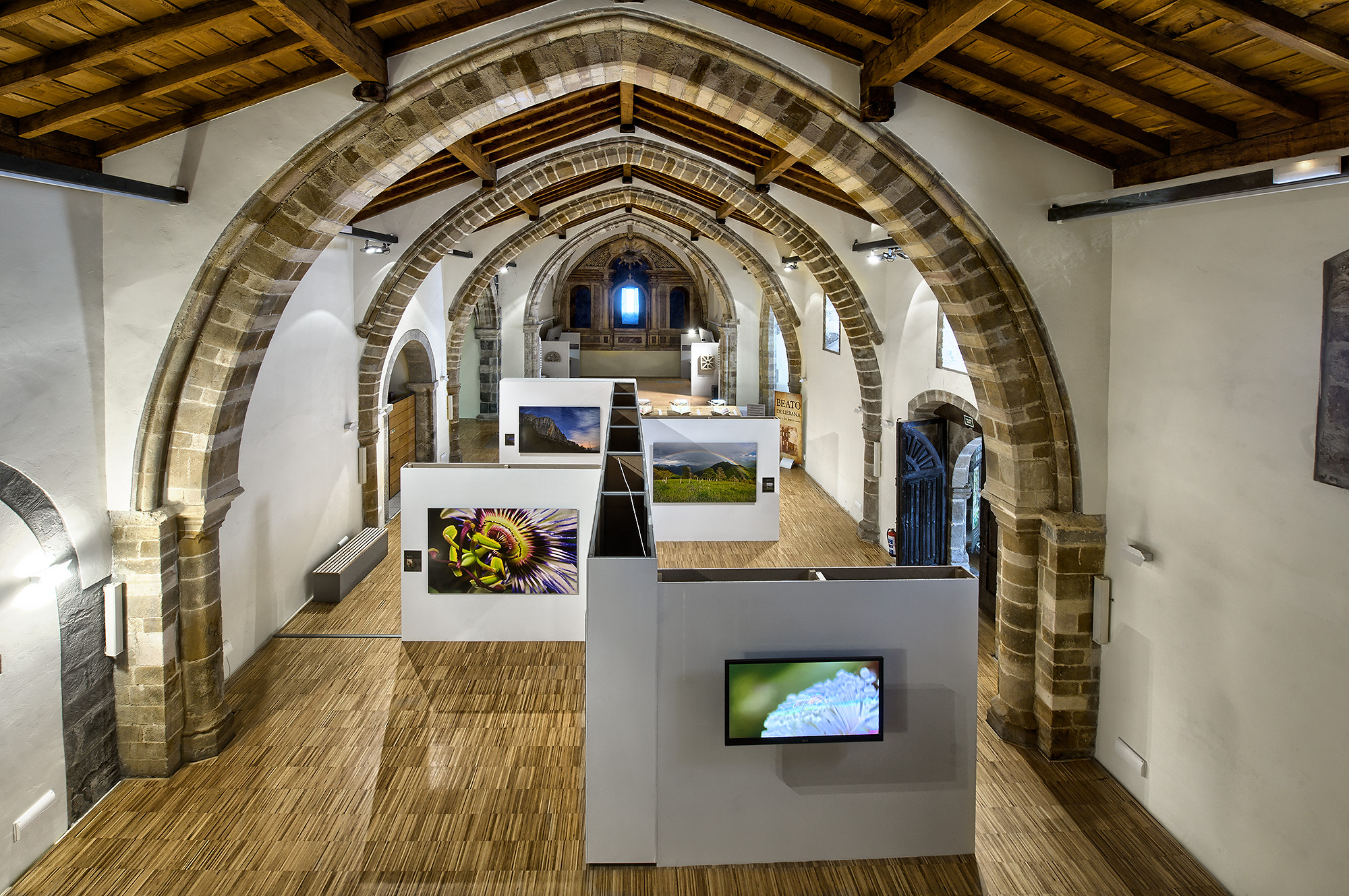Cantabria is a small rural Spanish region with widely dispersed municipalities. It suffers from dramatic depopulation, with many inhabitants at risk of exclusion because of the digital divide or geographic isolation. This results in a loss of services, economic activity and investments. Although the region boasts a wide variety of cultural assets and traditions, these trends accelerate the deterioration and abandonment of cultural heritage, which adds to the lack of, and limited access to, artistic and cultural activities.
Located in a thousand-year-old church, the Liébana Centre of Studies is a public-private initiative offering cultural, artistic and educational activities to over 6,000 inhabitants at risk of exclusion. Founded by the Regional Government of Cantabria, this inclusive multi-functional space hosts a rich calendar of initiatives which are codesigned and organised with the local regional stakeholders (e.g. municipalities, schools, SMEs, local brotherhoods and religious entities).
The Regional Government of Cantabria created the centre, which is managed today by the SRECD (Sociedad Regional Cultura y Deporte), a public company governed by public law of the Regional Ministry of Universities, Equality, Culture and Sports. This allows greater flexibility when developing and funding initiatives. A full team of eight within the SRECD work closely with the regional ecosystem (public and private actors) to codesign, implement, and monitor the centre’s annual work plan. This participatory process ensures a constant dialogue with the town councils located in the territory of Liébana, local and regional development associations, cultural associations, educational centres, and civil society associations.
The Liébana Centre of Studies improved local awareness of the value of the regional religious heritage, renewed public availability of a religious heritage asset, with positive social impacts for the inhabitants. Increase of, and improved access to, artistic, cultural and educational activities – some of which were especially designed for an ageing population. It also strengthened civil engagement in strategic public planning, and improved collaborative culture amongst regional stakeholders. The initiative managed the consolidation of a regional ecosystem around religious heritage, with increased business opportunities, renewed economic dynamism, and tangible spill-over effects in the tourism and agriculture sectors.
Find more about the project here








